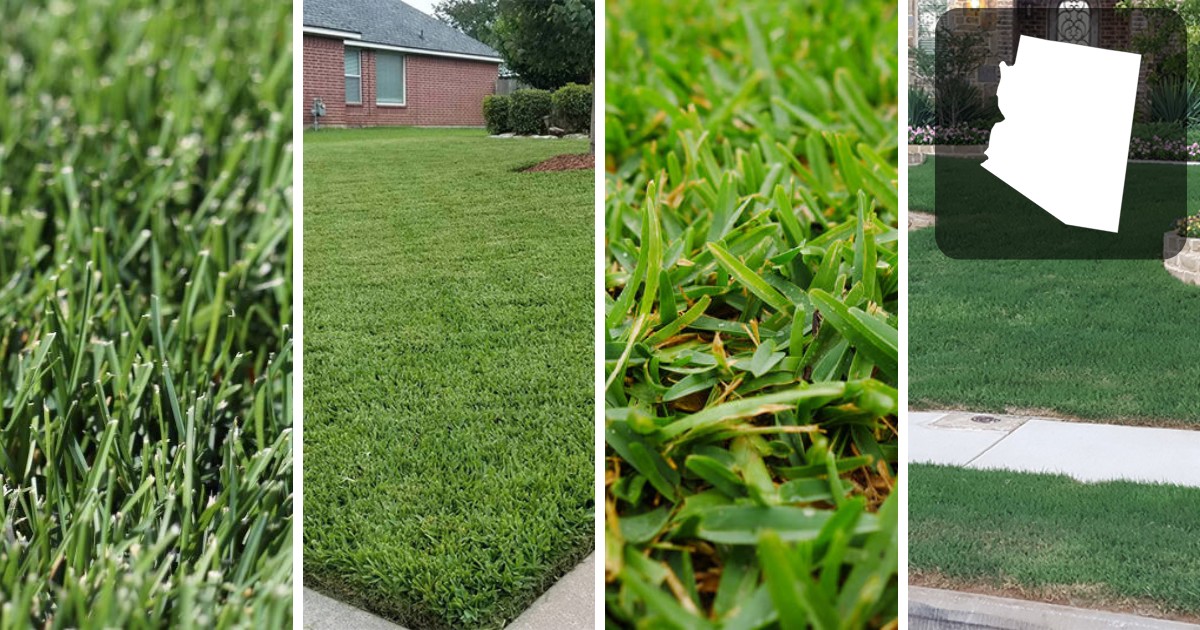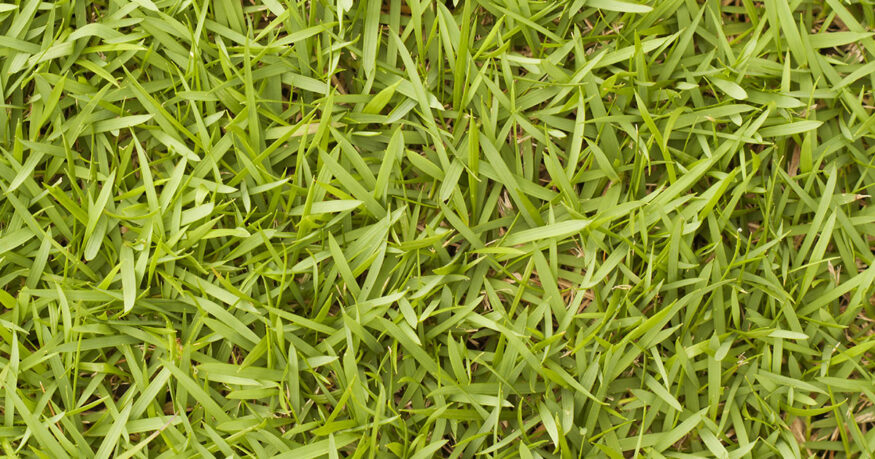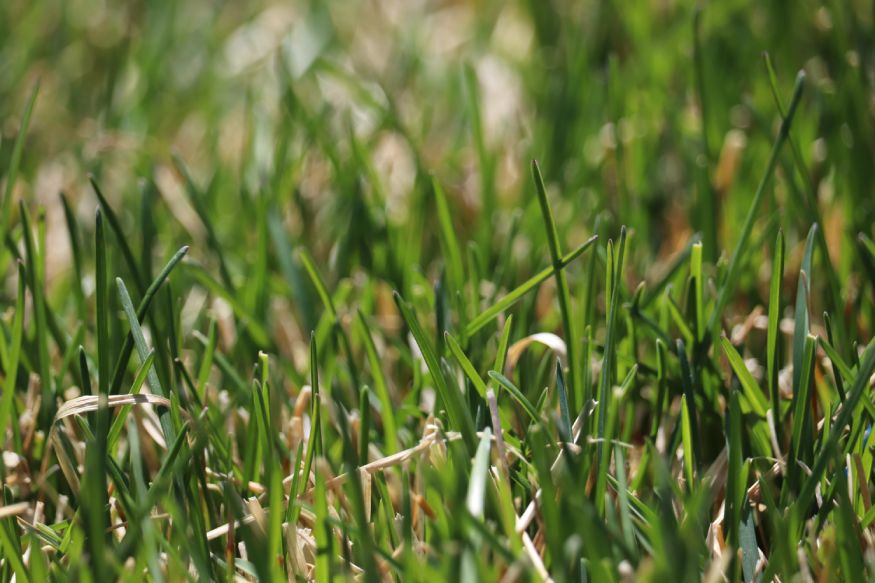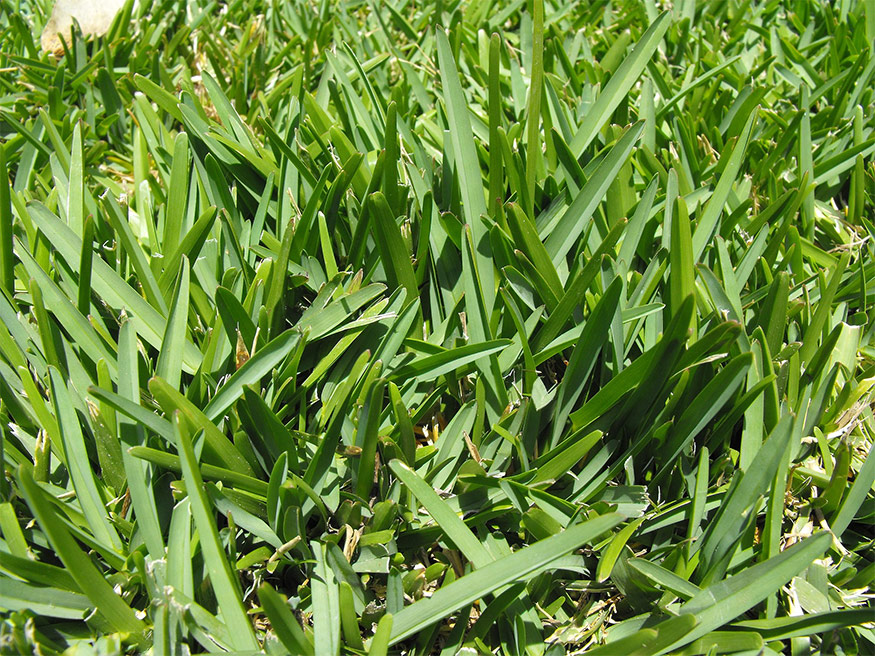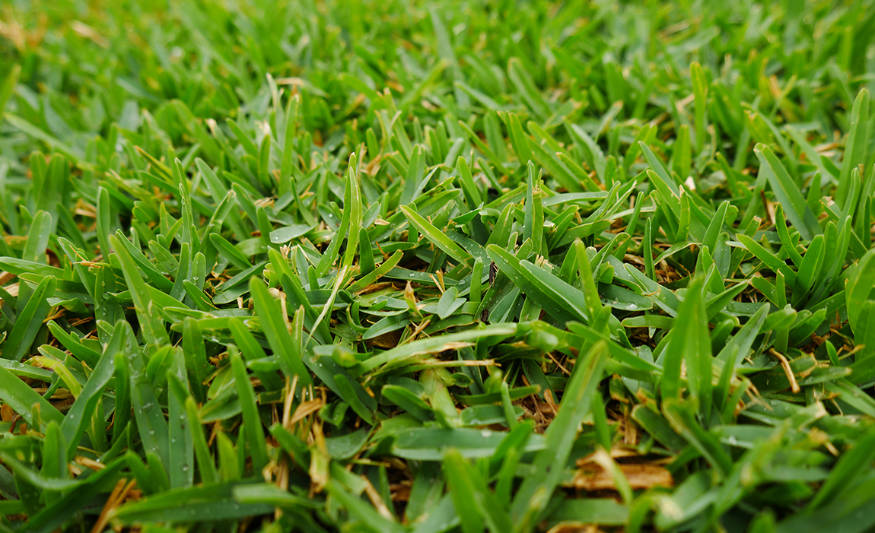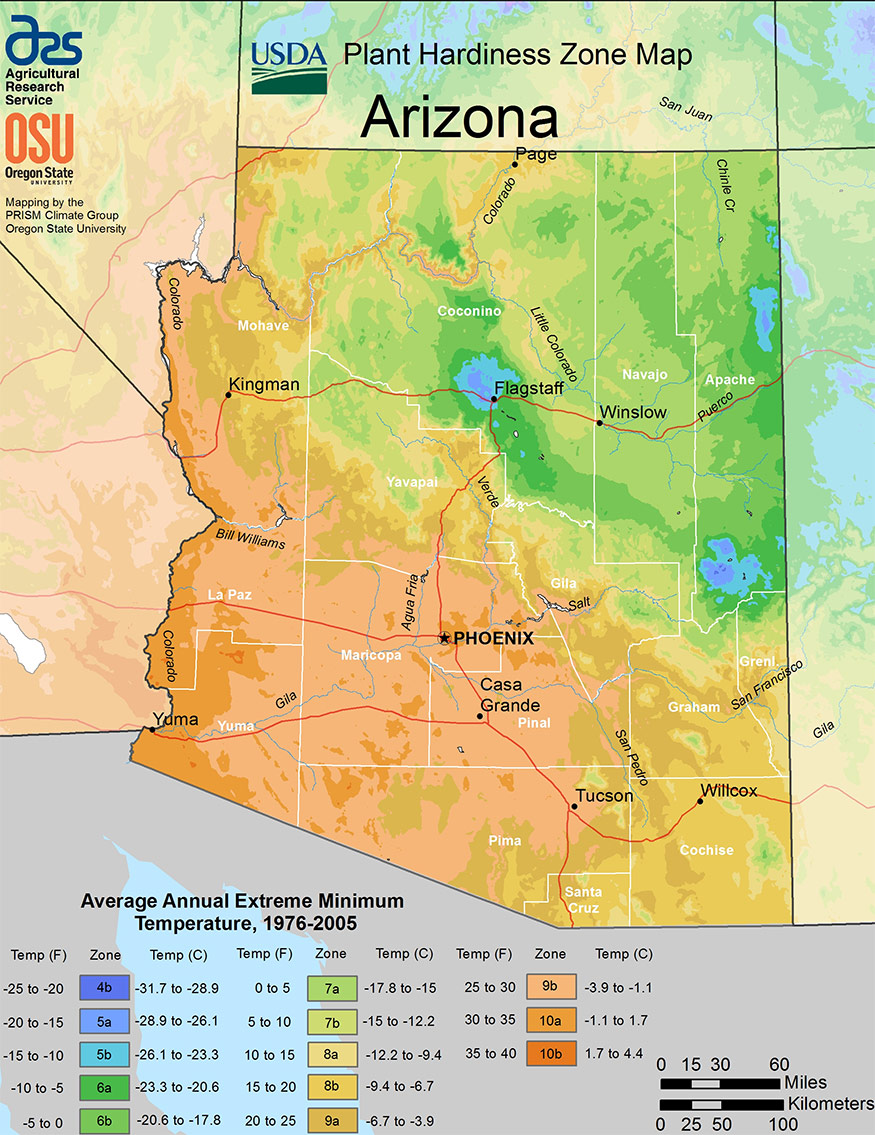When it comes to creating a lush, green lawn in the arid climate of Arizona, choosing the right type of grass is crucial. While Bermuda Grass is a popular choice, there are other options that may be better suited to the unique challenges of this region.
From scorching summers to low water availability and high soil alkalinity, growing a beautiful lawn in Arizona can be a daunting task. But fear not! In this article, we’ll explore the best grasses for Arizona and provide you with all the information you need to make an informed decision for your lawn.
So read on to discover which grasses will thrive in your desert oasis.
Bermudagrass
| Also Known As | Bermuda grass, wiregrass; Cynodon dactylon L. |
| Type of Grass | Warm season perennial |
| Optimal Zones | Southern region |
| Root Structure | Deep |
| Winter hardiness | Poor |
| Heat tolerance | Excellent |
| Shade tolerance | Poor |
| Water Requirements | High |
| Drought Tolerance | High |
| Self Repair Capacity | Excellent |
| Overall Maintenance Requirements | Moderate to High |
Why Bermudagrass is a good choice for Arizona lawns
Bermudagrass is highly sought after by lawn enthusiasts in Arizona for its tolerance to the intense heat and drought that comes with living in the desert. This fast-growing warm-season grass is perfect for heavy foot traffic and can withstand salt tolerance, making it an excellent choice for homes near the coast or desert. However, Bermudagrass is high maintenance and challenging to control around flower beds and borders due to its speedy growth.
Best suited for elevations under 3,500 feet in Arizona, this grass is perfect for those living in Kingman or Mesquite. With proper maintenance, Bermudagrass can be a stunning addition to any Arizona lawn.
Despite going dormant in the winter longer than other warm-season grasses like Zoysia, Bermudagrass remains the most popular choice for lawns in Phoenix, especially hybrid varieties that can handle the scorching summer heat. The fine blades of these hybrids also make them preferred on putting greens throughout Phoenix.
Get an organic lawn care plan designed just for your yard.
Use the code EHG20 to save $20!
Kentucky Bluegrass
| Also Known As | Poa pratensis L. |
| Type of Grass | Cool season perennial |
| Optimal Zones | Northern cool season zone, transition zones |
| Root Structure | Shallow |
| Winter hardiness | Excellent |
| Shade tolerance | Poor to Good |
| Water Requirements | High |
| Drought Tolerance | Poor |
| Self Repair Capacity | Excellent |
| Overall Maintenance Requirements | High |
Why Kentucky Bluegrass is a good choice for Arizona
Kentucky Bluegrass may not be the first type of grass that comes to mind when thinking about lawns in Arizona, but it can actually be a great choice for homeowners looking for a lush and durable lawn. While it is a cool-season grass, it can still thrive in Arizona’s climate if given proper care and attention.
One of the benefits of Kentucky Bluegrass is its ability to withstand foot traffic and recover quickly from damage. This makes it an ideal choice for families with children or pets who spend a lot of time outdoors. Additionally, its deep root system allows it to tolerate drought conditions better than other cool-season grasses.
Kentucky Bluegrass is most suited for areas with mild winters and moderate summers, such as the high elevations of northern Arizona. In these areas, it can provide a beautiful green lawn throughout the year with proper watering and fertilization.
Overall, while Kentucky Bluegrass may require more maintenance than warm-season grasses commonly found in Arizona, its durability and aesthetic appeal make it a worthwhile option for those willing to put in the effort.
Palmetto St. Augustine
| Also Known As | St. Augustinegrass; Stenotaphrum secundatum |
| Type of Grass | Warm season perennial |
| Optimal Zones | Southern coastal |
| Root Structure | Shallow |
| Winter hardiness | Very poor |
| Heat tolerance | Excellent |
| Shade tolerance | Good |
| Water Requirements | Moderate |
| Drought Tolerance | Moderate to High |
| Self Repair Capacity | Moderate |
| Overall Maintenance Requirements | Moderate to High |
Why St. Augustine Grows Well in Arizona
Palmetto St. Augustine grass is a highly sought-after grass in Arizona for two reasons: its ability to thrive in shade and withstand the heat. This grass has a finer texture and darker color than traditional St. Augustine varieties, making it an attractive option for homeowners seeking a cool, lush lawn year-round.
Palmetto St. Augustine can tolerate both full sunlight and shade, making it a resilient choice for lawns throughout Phoenix. Homeowners under 3,500 feet in elevation will benefit most from this grass as it doesn’t handle winter as well as it handles heat and shade.
Not only is Palmetto St. Augustine drought-tolerant, but its resilience also makes it an excellent filler grass under trees and bushes to hide brown or bare patches. However, be careful not to overwater this grass as it may be prone to insects and disease like gray leaf spot.
Buffalo Grass
| Also Known As | Buffalograss; Buchloe dactyloides |
| Type of Grass | Warm season perennial |
| Optimal Zones | Northern, transition, and southern zones |
| Root Structure | Very deep |
| Winter hardiness | Great |
| Heat tolerance | Great |
| Shade tolerance | Poor |
| Water Requirements | Low |
| Drought Tolerance | Excellent |
| Self Repair Capacity | Moderate to high |
| Overall Maintenance Requirements | Low after establishment |
Why Buffalograss Is a good Choice for Arizona
Buffalograss is a tough and resilient grass that can fight through droughts, making it an excellent choice for lawns in Arizona. This native grass needs water and fertilizer to thrive, but it can stay healthy even in the hottest and driest conditions.
Buffalograss does exceptionally well in Phoenix, Tucson, Kingman, and Mesquite because of its ability to handle extreme temperatures. It’s one of the most cold-tolerant warm-season grasses available, requiring little maintenance such as mowing, watering or fertilization.
Although Buffalograss is not originally from Arizona, it thrives in the hot and dry climate of the region. However, this grass goes dormant earlier in winter than bermudagrass and recovers slowly after overseeding. To avoid weeds, using a pre-emergent herbicide and letting it recuperate before overseeding will help keep your lawn healthy and vibrant all year long.
Get an organic lawn care plan designed just for your yard.
Use the code EHG20 to save $20!
Arizona’s Climate and Growing Challenges for Your Lawn
Arizona is known for its hot and arid climate, making it challenging to maintain a healthy lawn. This region experiences long periods of drought and extreme heat, with temperatures often reaching over 100°F in the summer months.
Soil Conditions
Soil quality is another challenge when it comes to growing lawns in Arizona. The soil is often alkaline, making it difficult for grass to absorb nutrients properly. Furthermore, it tends to be rocky and has poor water retention, meaning it dries out quickly.
Water Availability
Water availability is also a significant concern for lawns in Arizona. This region has limited water resources, and residents are encouraged to conserve water.
During times of drought, water restrictions are implemented, making it even more challenging to maintain a healthy lawn.
Pests and Diseases
In addition to the challenges of climate and soil conditions, lawns in Arizona are susceptible to pests and diseases. For example, Bermuda Grass is prone to infestation by chinch bugs, which can quickly kill the grass. Furthermore, certain fungal diseases can take hold during periods of high humidity, leading to dead patches of grass.
Maintaining a healthy lawn in Arizona can be a challenge due to the hot and arid climate, alkaline soil, limited water resources, and pest and disease pressures. However, with the right grass selection and maintenance strategies, it is possible to have a beautiful and vibrant lawn in this region.
Get an organic lawn care plan designed just for your yard.
Use the code EHG20 to save $20!
